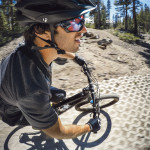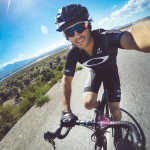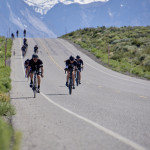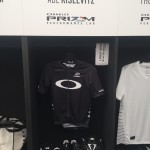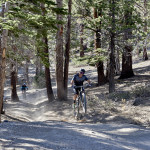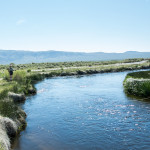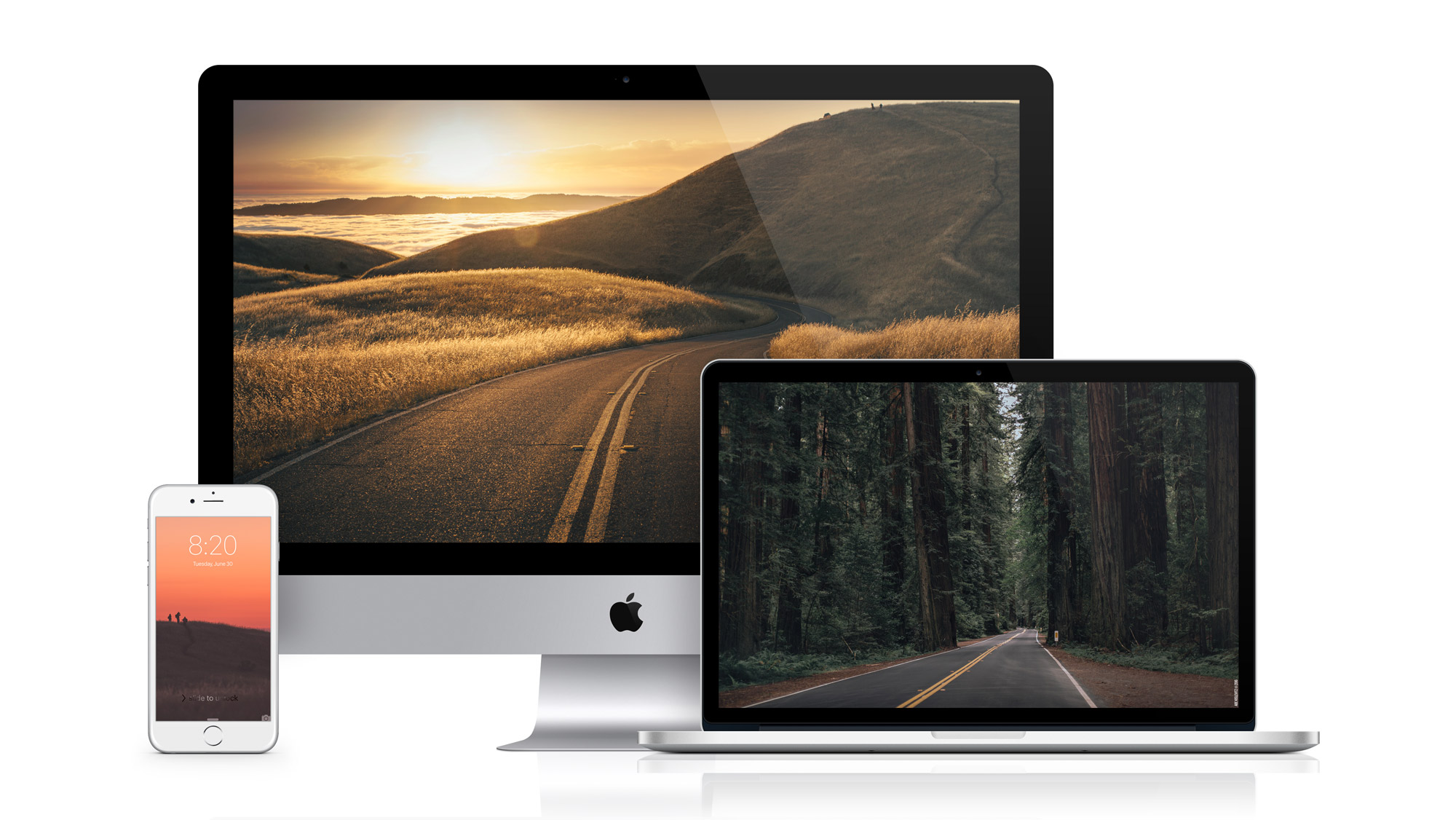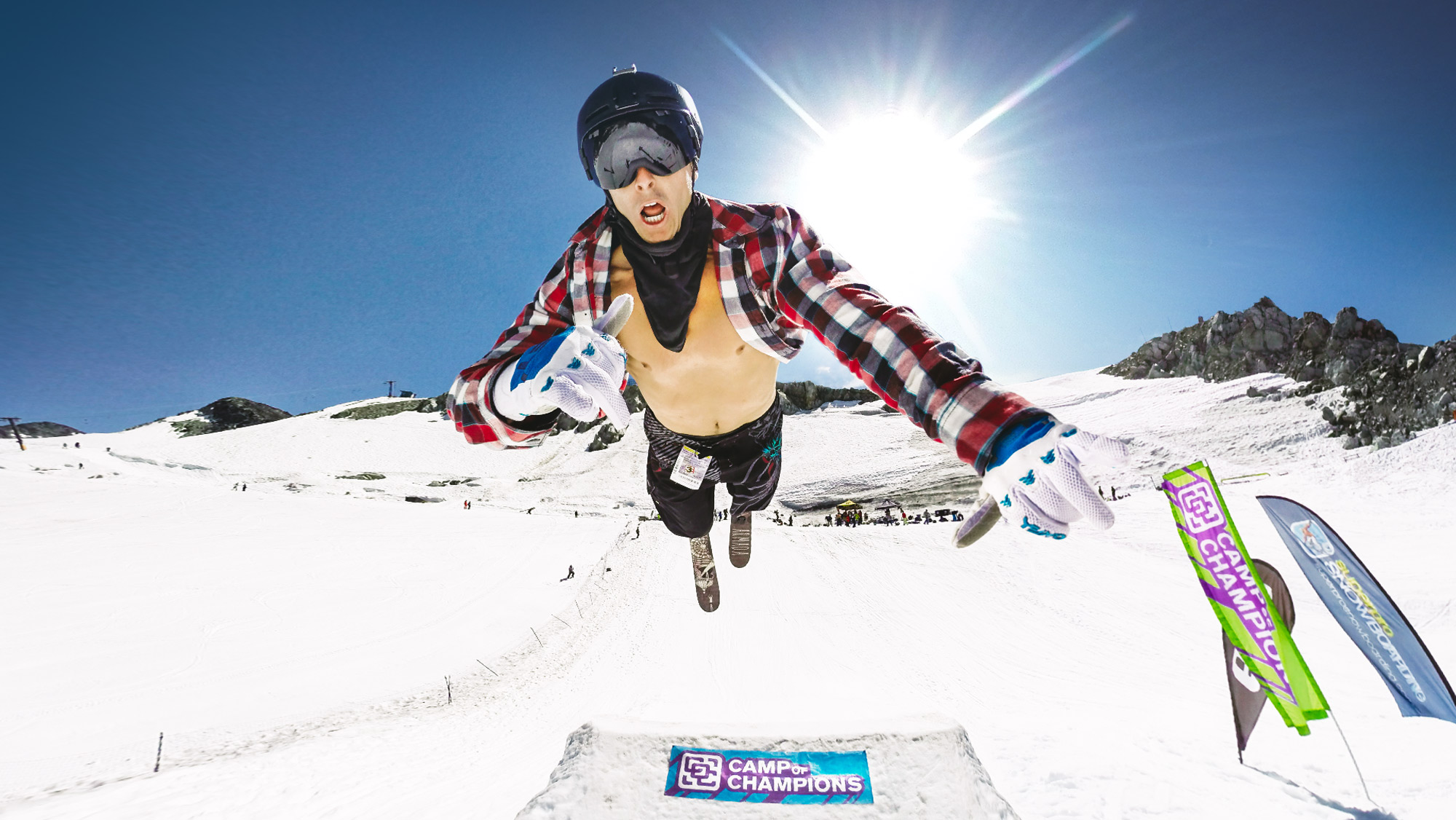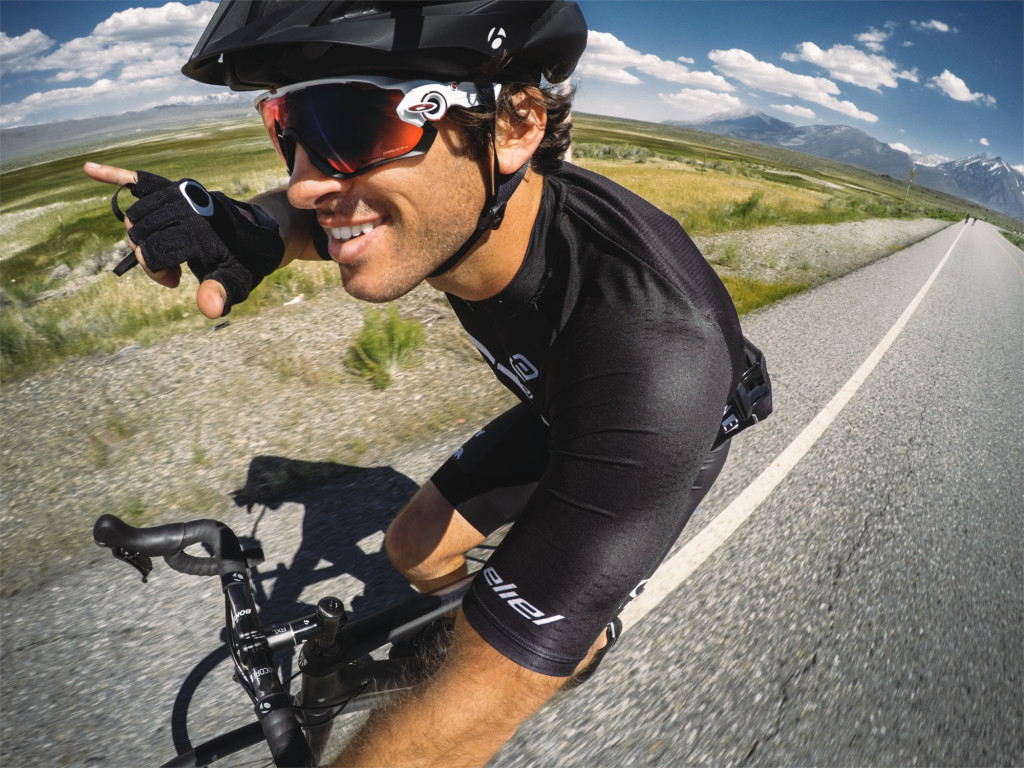
Back in June I had the privilege of joining Oakley and a host of other athletes, writers, and influencers at Mammoth Mountain for the Oakley Prizm Performance Lab. It was a packed 3 days of outdoor activities, learning, and content creation. The basis of the Prizm Lab was to test Oakley’s Prizm sunglasses technology in various venues, and learn about the technology that makes it unique. I was genuinely stoked to attend as it gave me an excuse to get out to Mammoth in the summer and participate in some sports that I love to do. Over the 3 days we did a 30 mile road bike ride at the foot of the Sierra Nevadas, went down-hill mountain biking at Mammoth Mountain, and did some fly fishing in the Owens River. On top of that, each morning we got a chance to learn about the technology that goes into the sunglasses we were going to wear for each day’s activities, as well the chance to socialize with some rad & like minded individuals!

If you haven’t heard of PRIZM, it’s a specific kind of lenses Oakley is creating in their sunglasses and goggles. They still have the regular lenses, but they’re coming up with more and more Prizm specific lenses as well. The technology promises to give you a view that has more contrast & detail than an average scene. Each Prizm lens is catered for a specific type of activity. For example, the Prizm trail is meant to enhance contrast in brown/dirt scenes for things like trail running and mountain biking. Prizm Road is meant to bring out the contrast/detail in roads – allowing you to see any bumps/cracks/changes in conditions. Prizm Water is combined with polarization to cut through the glare, and then bring out the browns/yellows/greens of the riverbed. From there there’s a host of other types including Prizm Golf, Field, Cricket, Snow, Field, and Daily.
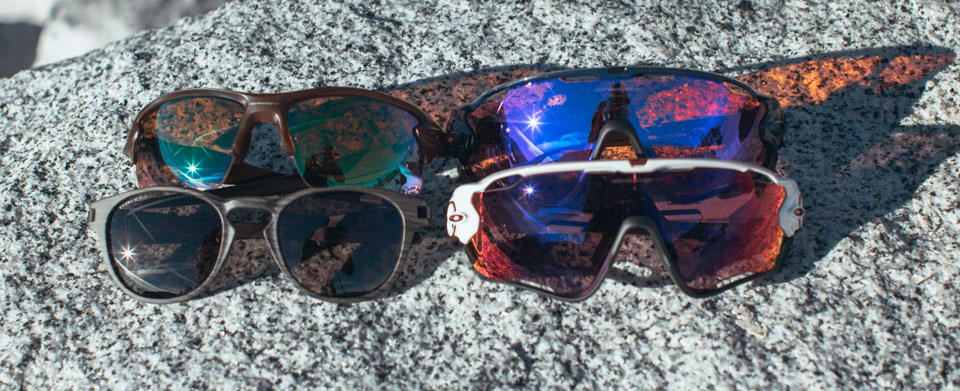
What surprised me most coming away from the event was how incredible the Prizm technology actually is. I understand why Oakley had to create a whole event to get the word out – you won’t understand until you actually try the products in the field. As soon as I wore them for a few minutes I was sold. Since then I’ve had all my friends try them in various activities and they’re equally blown away – good job Oakley, inviting me was a success.

What I appreciated most about the event (besides coming home with swanky new glasses for all activities of life + the gear to go along with it) was learning about the engineering behind the glasses. You would assume it’s a load of marketing buzz and baloney to help sell more glasses, but to my surprise they brought in real Oakley engineers & lab dudes to help explain/show how it all works. They were all genuine dudes stoked on the job and excited to see how blown away we all were after each adventure. I found it fascinating how it works, and I’ve also explained this to all my friends – I’ll try to recap here.
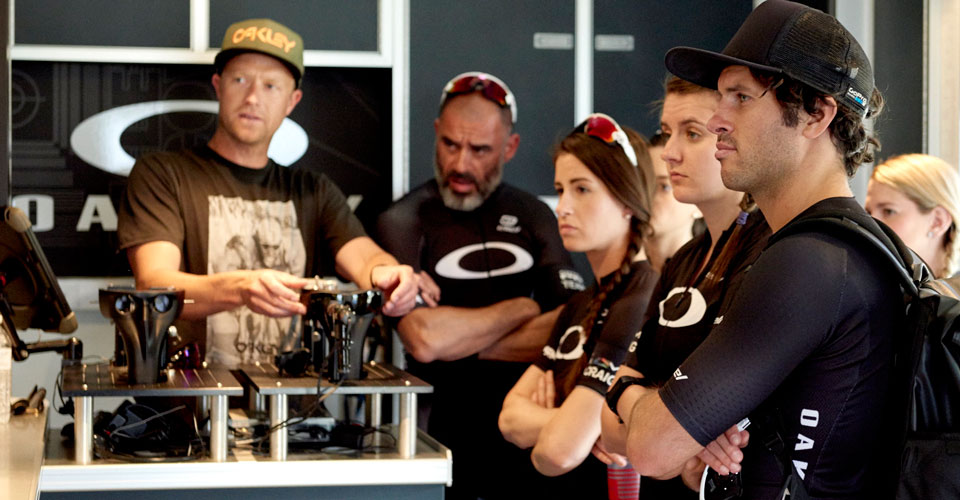
So there’s sort of two ways of explaining how it works:
The first is to compare the lenses to typical sunglasses using some fancy graphical representations. Imagine a luminance graph of the color spectrum (different wavelengths are different colors across the spectrum on the X axis), while luminance is on the Y axis. If you point a camera at any scene you’ll get a jaggedy graph where you get luminance values for all the colors across the spectrum. Once you put a pair of sunglasses over the camera (or your eyes), the whole luminance of every color drops equally – because that’s what sunglasses are meant for – cutting brightness. The way Prizm lenses work is they’ll drop certain wavelengths of colors way more than others to achieve a specific goal. If you imagine this practically when putting on sunglasses, a crappy pair of sunglasses will just make a scene more “dull” because it cuts the brightness of everything equally. Certain lenses have colors to give you the feeling of being brighter but ultimately they’re not engineered the same way.

Now, let’s talk about the 2nd method of explaining how it works – which goes into information about what exactly it’s cutting from the spectrum that makes it so much better. Imagine you’re looking at a bar of color boxes that are all different hues, but only very slightly. Let’s say 30 boxes of color that hue from yellowish green on the far left, gradually changing to green on the far right. If you were to try to decipher between one or the other in the middle, it would be pretty tough. Now, let’s remove 28 of the boxes, leaving only the ends – one yellowish green on the left and one green on the right. Put those next to each other and suddenly you have visible contrast between the two colors. OK, let’s apply this to real life. I’m mountain biking and there’s 100 hues of brown on the trail, all the little dirt specs look similar. Put on Prizm lenses that are designed for trails, and it cuts out 90% of the different brown/green hues, making the colors you do see pop from one another. There’s less variation in the colors, but you have higher contrast between the colors you do see. Making sense? hope so.

You’ll just have to trust me – when you put on the glasses it’s a serious wow-factor, especially after wearing them for a few minutes and taking them off to reveal the “dull world” that you’re used to. Seriously, after taking the lenses off the whole world feels less contrasty. It’s amazing. As much as this probably sounded like a paid sales pitch, I was just genuinely interested & stoked on the technology. That, and maybe if Oakley sees this article they’ll invite me on more sweet trips so I can get a set of Prizm snow goggles *wink wink*. I tried Jamie Anderson’s Prizm snow goggles in Chile last week and I was equally blown away. I put my Smith’s back on and was appalled at how dull they were (sorry Smith – you have sick style, but the lenses didn’t even come close).
Thanks Oakley! Here are some photos from the trip! If you want to grab my new favorite glasses, you can snag them here (lenses are amazing and they are quite stylish):
Lastly, here’s a little video recap the Oakley team put together:



